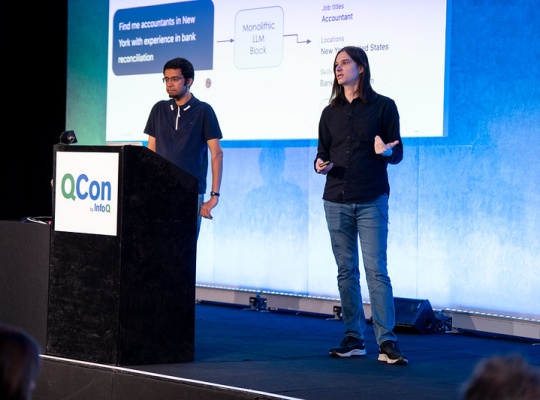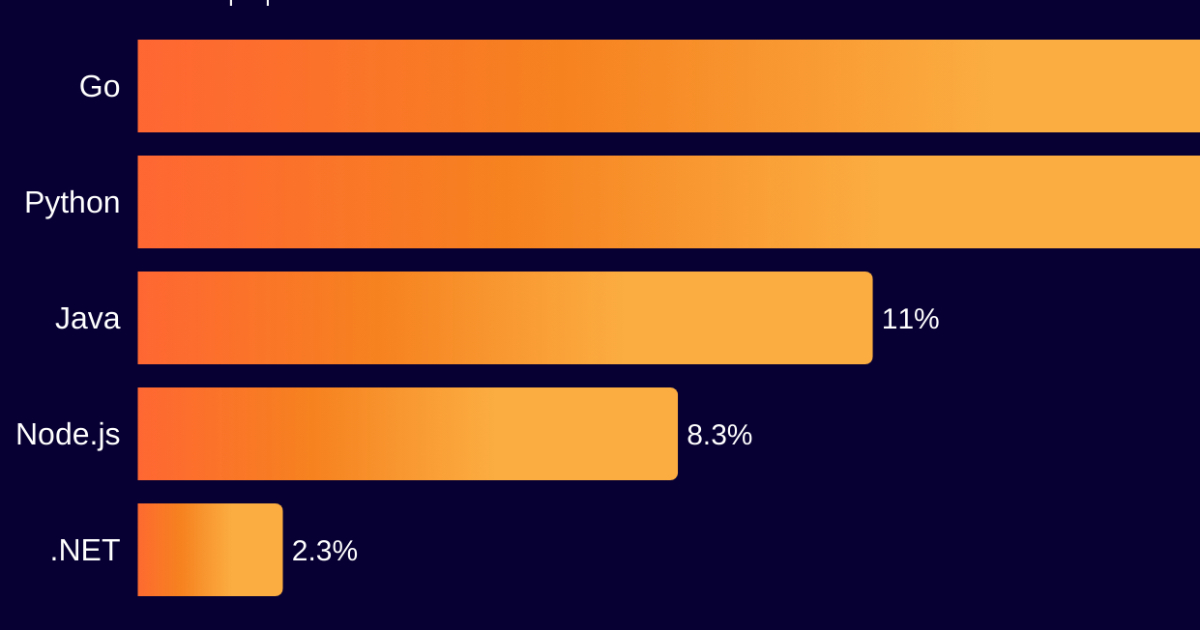Codetown
Codetown ::: a software developer's community
This just in from Luis Espinal of MJUG:
The EasyB syntax for writing stories and specifications is a lot more succinct than the one provided by Specs, the Scala BDD framework (at least when looked upon from a 10K foot view)
Regards,
Tags:
Replies to This Discussion
Notes
Welcome to Codetown!
 Codetown is a social network. It's got blogs, forums, groups, personal pages and more! You might think of Codetown as a funky camper van with lots of compartments for your stuff and a great multimedia system, too! Best of all, Codetown has room for all of your friends.
Codetown is a social network. It's got blogs, forums, groups, personal pages and more! You might think of Codetown as a funky camper van with lots of compartments for your stuff and a great multimedia system, too! Best of all, Codetown has room for all of your friends.
Created by Michael Levin Dec 18, 2008 at 6:56pm. Last updated by Michael Levin May 4, 2018.
Looking for Jobs or Staff?
Check out the Codetown Jobs group.
InfoQ Reading List
API Platform Unkey Ditches Serverless After Performance Struggles

Developer Platform Unkey has written about rebuilding its entire API authentication service from the ground up, moving from serverless Cloudflare Workers to stateful Go servers after re-evaluating the constraints of their serverless architecture. The move resulted in a sixfold performance improvement and eliminated the workarounds that had become a dominant part of its engineering efforts.
By Matt SaundersPresentation: Lessons Learned From Building LinkedIn’s First Agent: Hiring Assistant

Karthik Ramgopal and Daniel Hewlett discuss the evolution of AI at LinkedIn, from simple prompt chains to a sophisticated distributed agent platform. They explain the transition to a supervisor-sub-agent model that enables parallel development and modular quality evaluation. and share a blueprint for building resilient, high-scale agentic systems.
By Karthik Ramgopal, Daniel HewlettKubernetes 1.35 Released with In-Place Pod Resize and AI-Optimized Scheduling

The Cloud Native Computing Foundation (CNCF) announced the release of Kubernetes 1.35, named "Timbernetes", emphasizing its focus on mutability and the optimization of high-performance AI/ML workloads.
By Mostafa RadwanReScript 12.0 Released with New Build System

ReScript 12.0 has launched, marking a milestone in modernizing the language with a rewritten build system, improved performance, and enhanced syntax. Key features include modular architecture, dictionary literals, and JSX preserve mode, reinforcing its position as a strong alternative to TypeScript for developers seeking sound typing and rapid compilation. Join the evolution today!
By Daniel CurtisCloudflare Year in Review: AI Bots Crawl Aggressively, Post-Quantum Encryption Hits 50%, Go Doubles

Cloudflare has recently published the sixth edition of its Radar Year in Review. The results reveal 19% yearly growth in global internet traffic, Googlebot dominance, increasing crawl-to-refer ratios, and broad adoption of post-quantum encryption. Over 20% of automated API requests were made by Go-based clients, almost doubling adoption over the previous year.
By Renato LosioSwitch to the Mobile Optimized View
© 2026 Created by Michael Levin.
Powered by
![]()